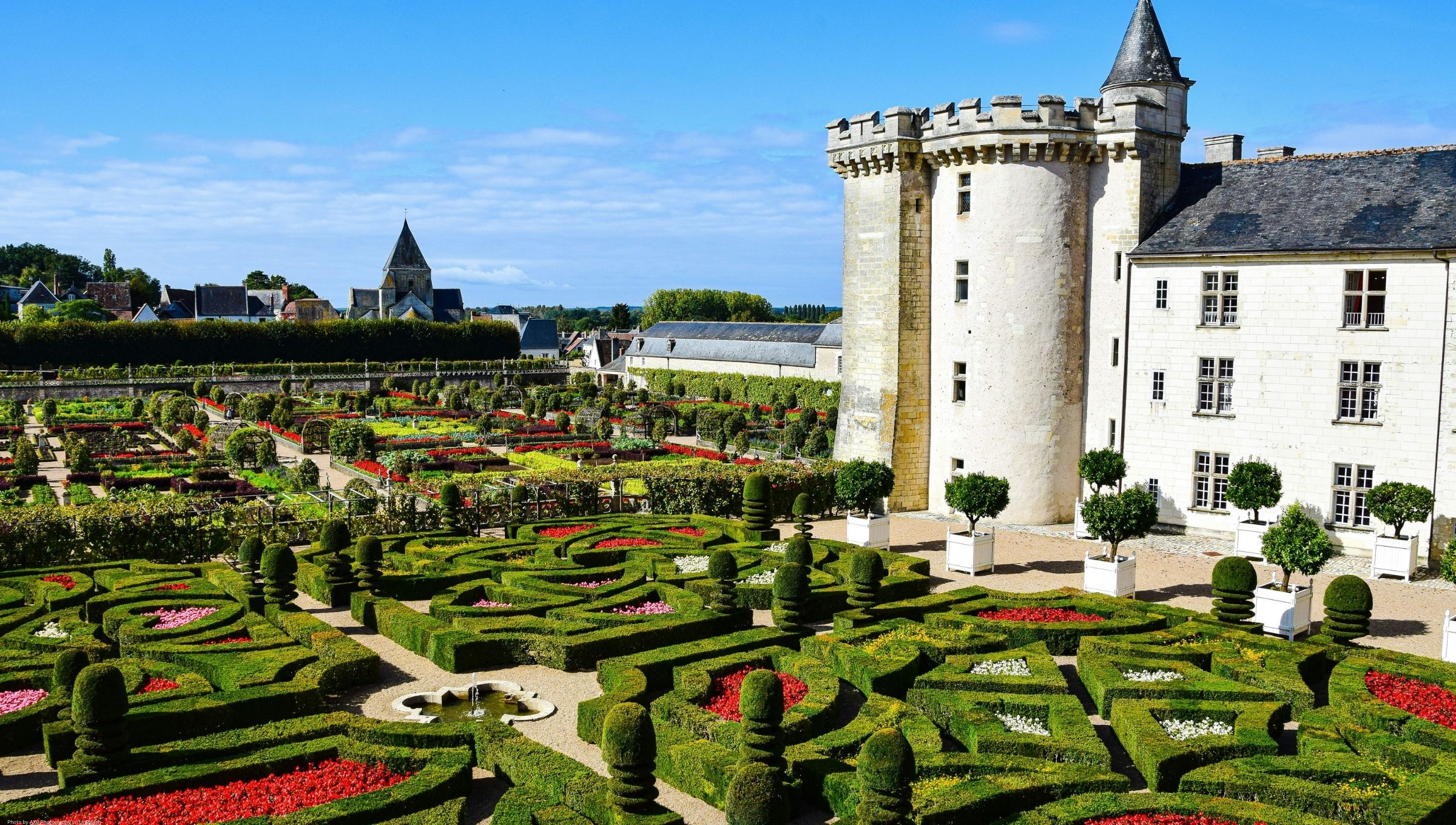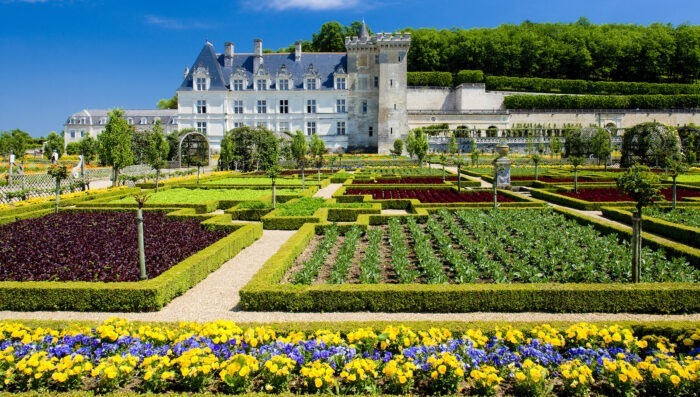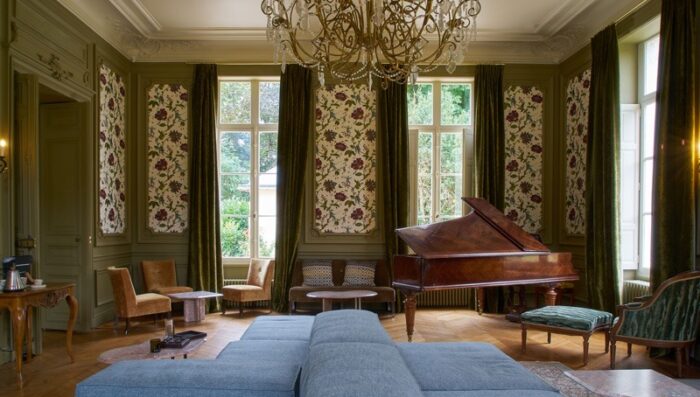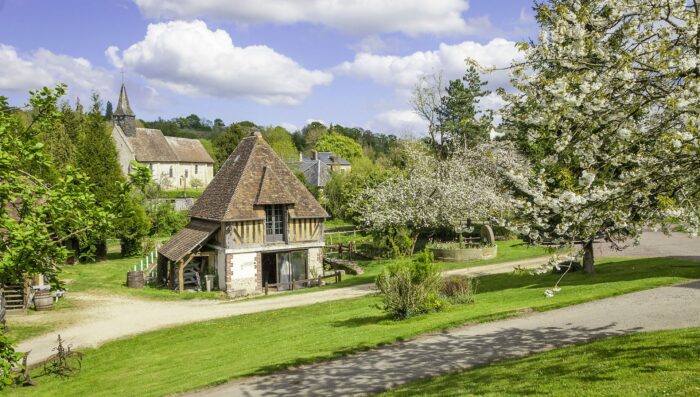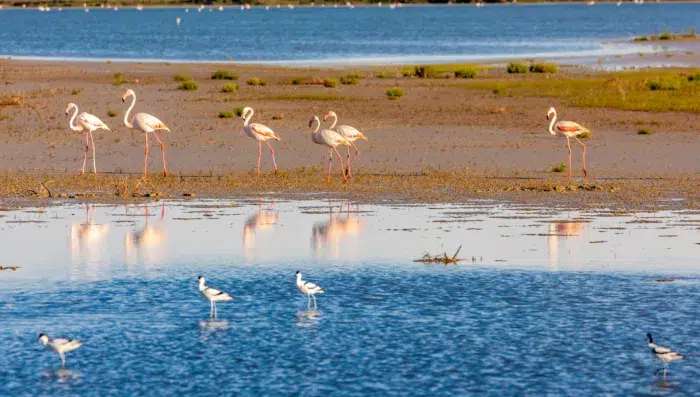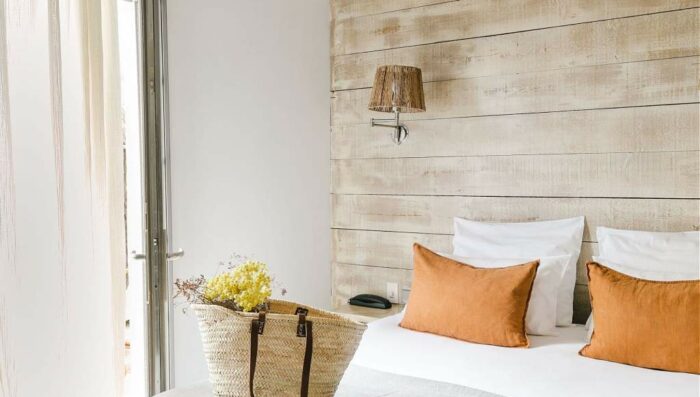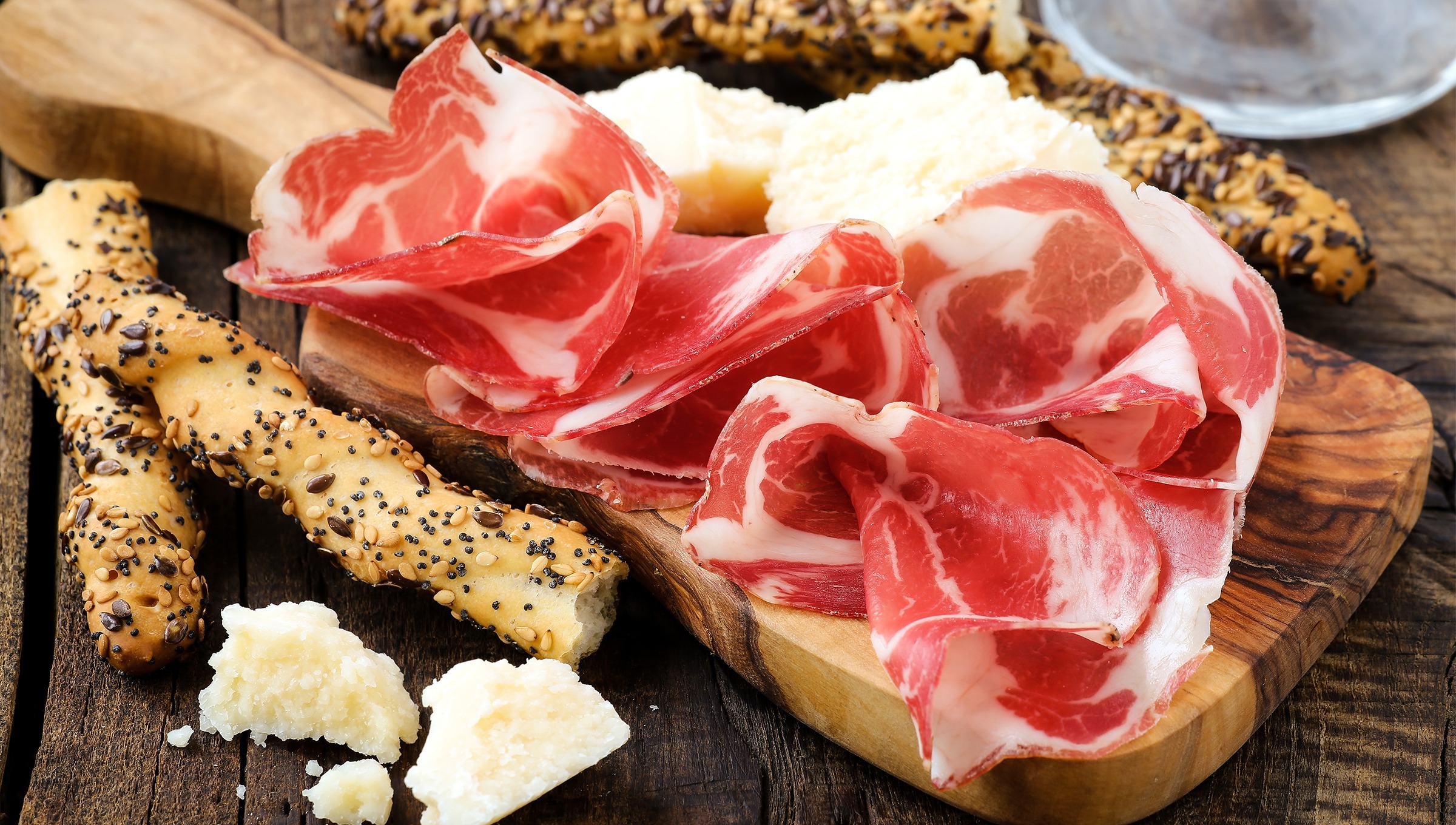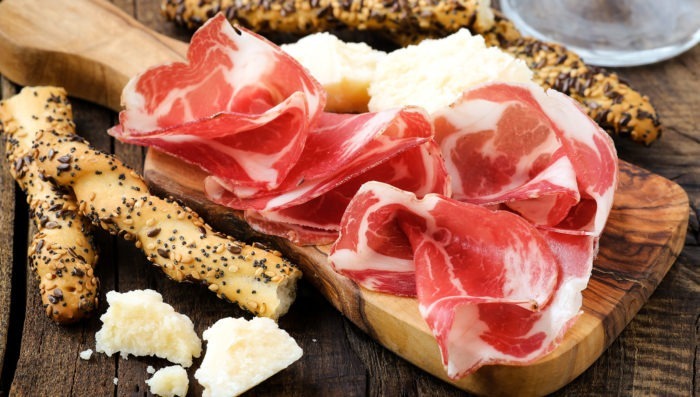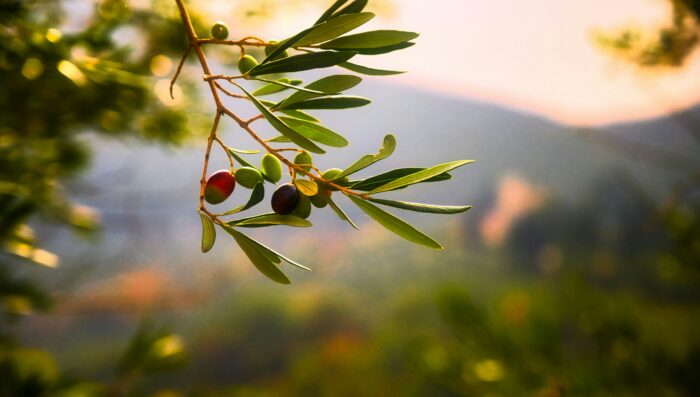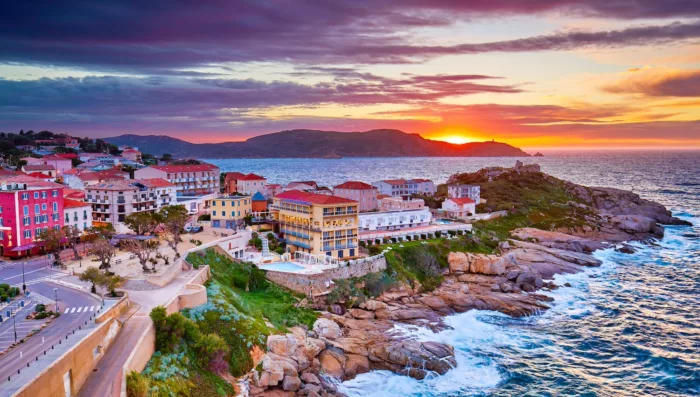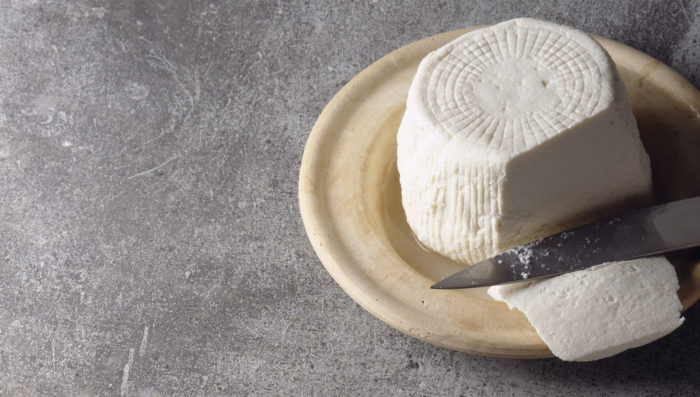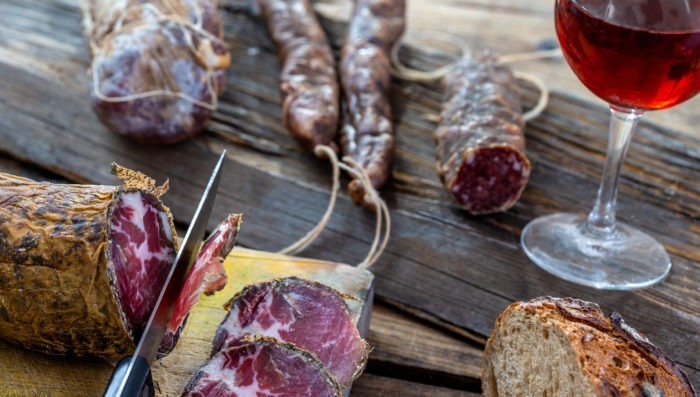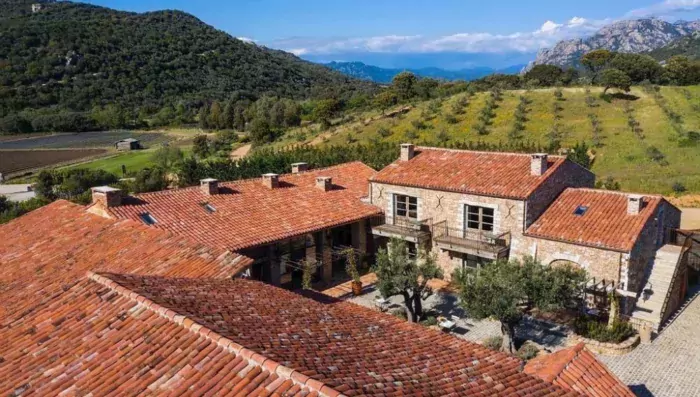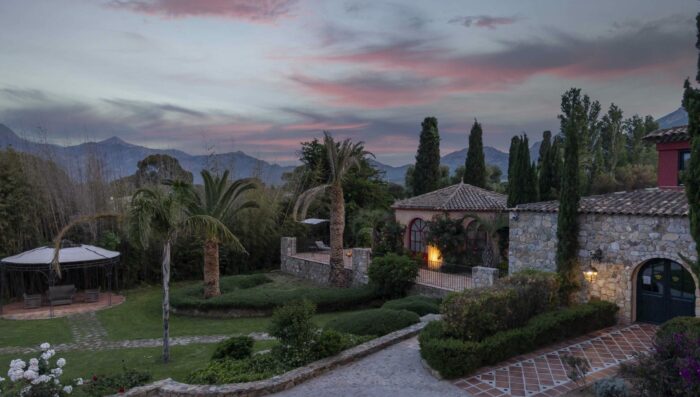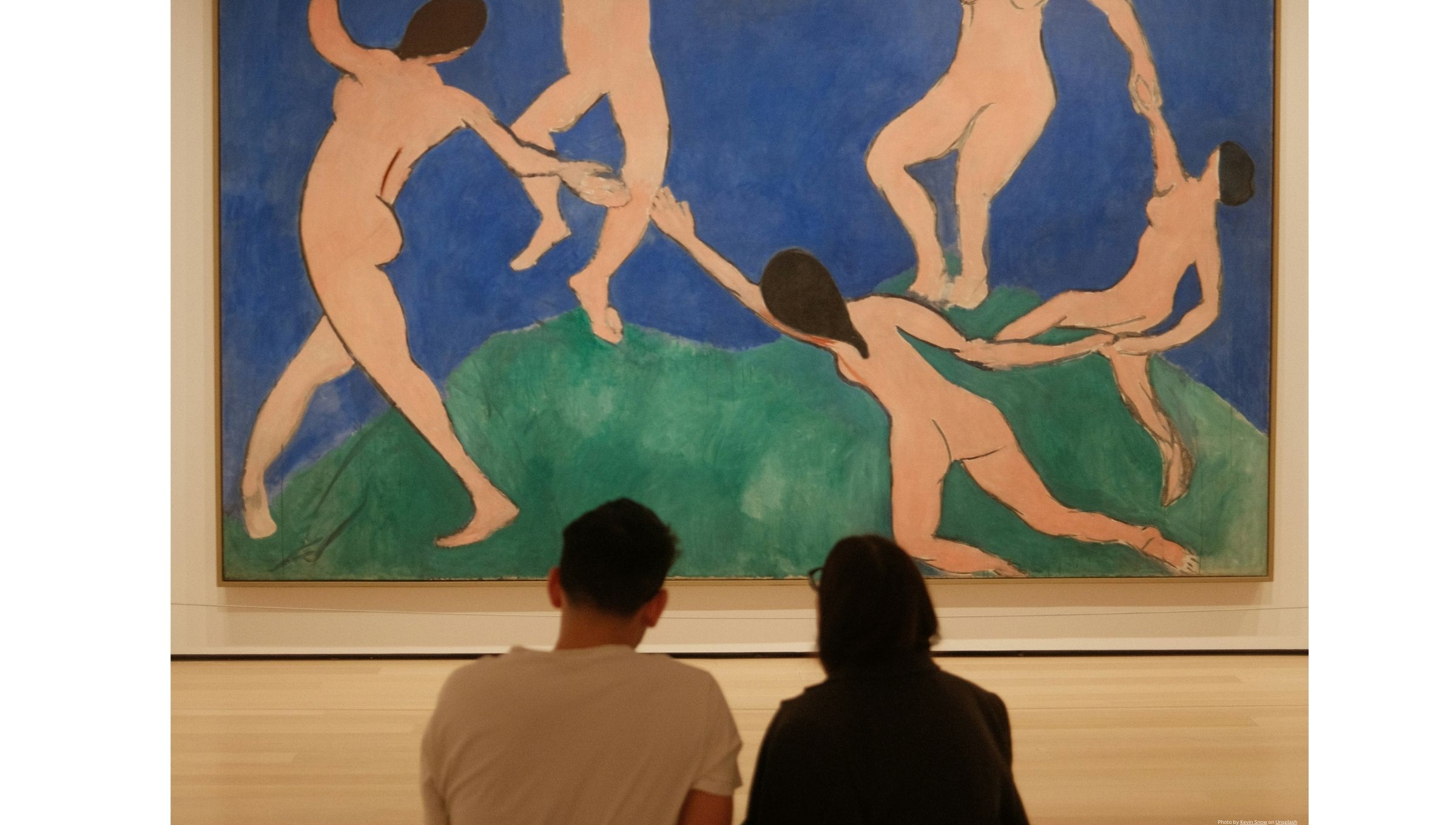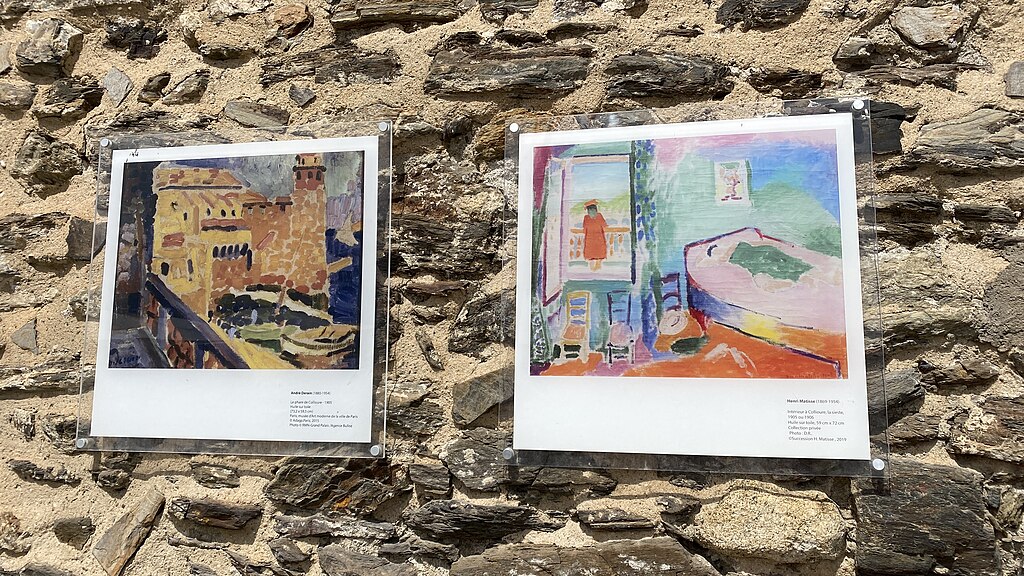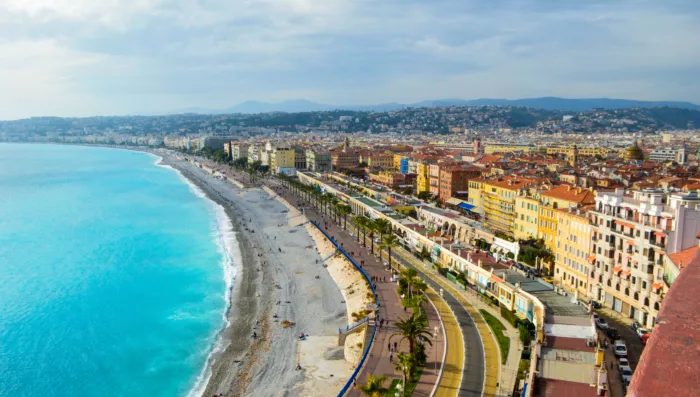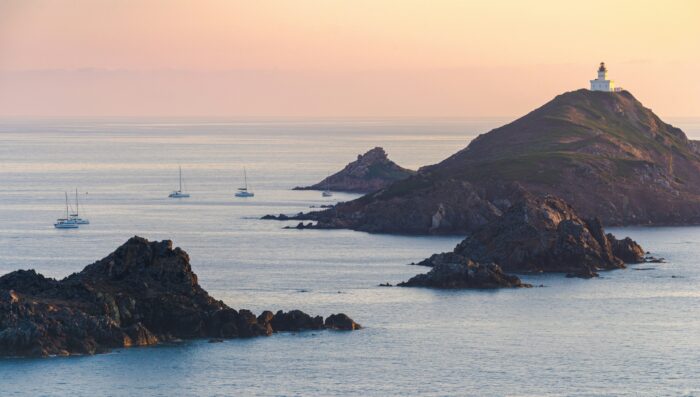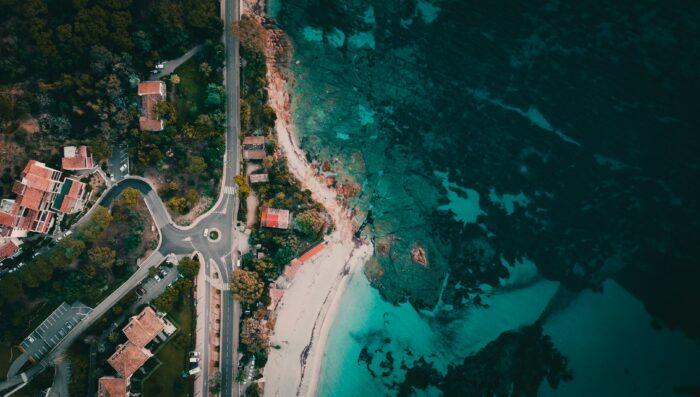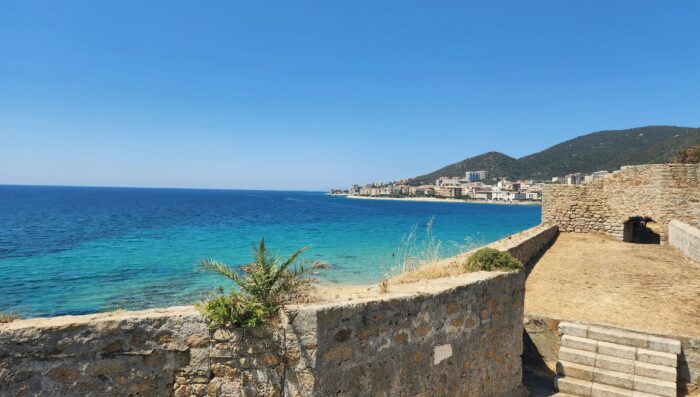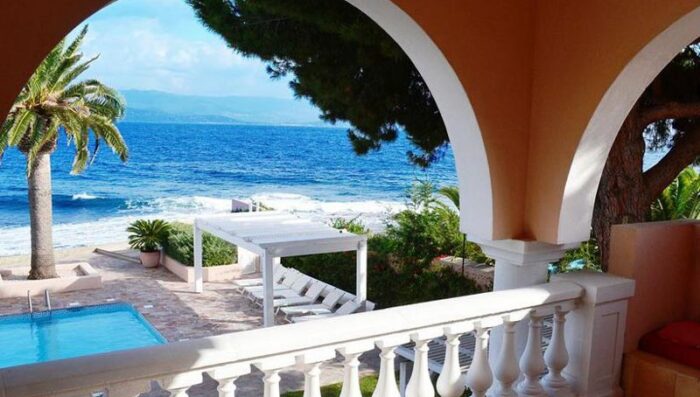“Southern France” may have you thinking of Nice’s glistening beaches, Provence’s lavender fields or Marseille’s old harbor. And these destinations do fit the bill, but there’s more to southern France than Provence and the French Riviera. Even farther south than Marseille or Saint Tropez sits the French island of Corsica. This under-the-radar destination is sure to charm you with its sea views, Napoleonic history, wine country and medieval villages. No doubt, you need more than a long weekend to see all that Corsica has to offer, but if you only have a few days, don’t fret. If you’re wanting to hit some of this Mediterranean island’s highlights, we’re rounding up some of our favorite activities in Ajaccio and Bonifacio, Corsica. From Corsican gourmet experiences to sea catamaran rides, here’s how to spend a long weekend in Corsica with stops in Ajaccio and Bonifacio.
How to Spend a Long Weekend in Corsica
How to Get to Corsica
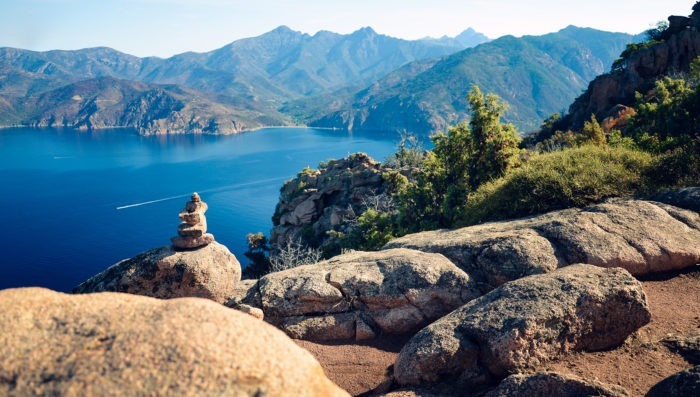
The French island of Corsica is accessible by plane or boat. The island has several airports in towns such as Bastia, Ajaccio and Calvi. Popular routes include short flights from nearby Marseille or Nice. It’s even possible to take an overnight ferry from Marseille to Bastia. However, we suggest taking the short flight to the island for a seamless island escape.
Corsica is about 3,400 square miles, per Britannica. That’s bigger than the states of Delaware and Rhode Island combined. Although there are some train lines in Corsica, we highly recommend renting a car given the size of the island. Or let us take care of the logistics at French Side Travel with private transfers by car.
On your long weekend trip, you can spend two days each in Ajaccio and Bonifacio — even if we’re certain you’ll want to stay much longer. Need some help planning your trip to Corsica? Contact one of our travel designers today.
Itinerary to Ajaccio, Corsica
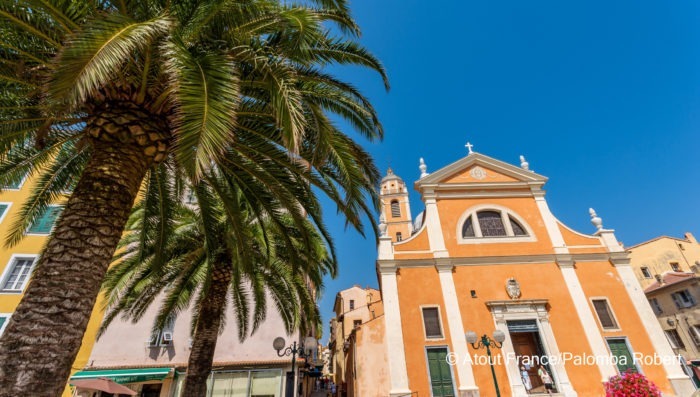
Located on the southwest side of the island, Ajaccio is the hometown of Napoleon Bonaparte. Take a dip at one of its Mediterranean beaches or enjoy a leisurely stroll along the shore. History buffs can wander in the footsteps of Napoleon, including at his home-turned-museum. Plan to spend several days here. And on your way down to Bonifacio, you can stop in Sartène and the Alta Rocca region.
Private Day Tour of Ajaccio
Longing to explore the footsteps of Napoleon with the help of a local guide? On this private tour, our guide will show you around the town of Ajaccio, known as the Imperial City. Wander about the citadel or brush up on your Corsican history at the Bonaparte House museum. Art aficionados will enjoy a stroll the the Palais Fesch, an art museum featuring a variety of classical paintings and sculptures.
After free time for lunch, you’ll explore the Parata Peninsula where the sparkly blue waves are sure to enchant you. Don’t worry; you’ll have time to snap pictures of the stunning Capo di Feno Bay and Sanguinaires Lighthouse in the heart of the Mediterranean.
Corsican Farm Visit near Ajaccio
The Mediterranean island of Corsica has its own specialities from cheese to cold cuts. And what better way to experience the island’s cheeses than by touring the farm? As you’re heading from Ajaccio to Sagone, you’ll pass a farm overlooking the Pevani Valley. During your private visit with French Side Travel, the farmers will explain more about their hundreds of Corsican goats and ewes, and you’ll have the chance to savor some Brocciu or Tomme cheese.
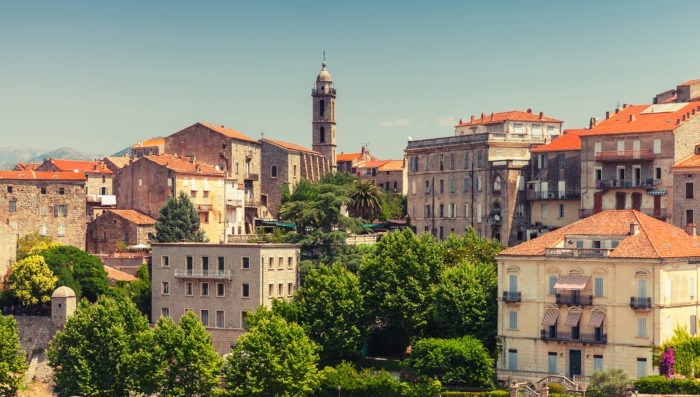
Wine Tour to Sartène and Alta Rocca
On your way down from Ajaccio to Bonifacio, you can stop by the charming medieval town of Sartène. Dive headfirst into Corsican wine country in this town as well as the Alta Rocca region. Your private tour will include trips to local wineries and time to learn about Corsican wines from the owners. Sip on one of Corsica’s famed wines such as Vermentino or Sciacarello. Your private chauffeur will take you to some of the region’s finest domains. Santé !
Itinerary to Bonifacio, Corsica
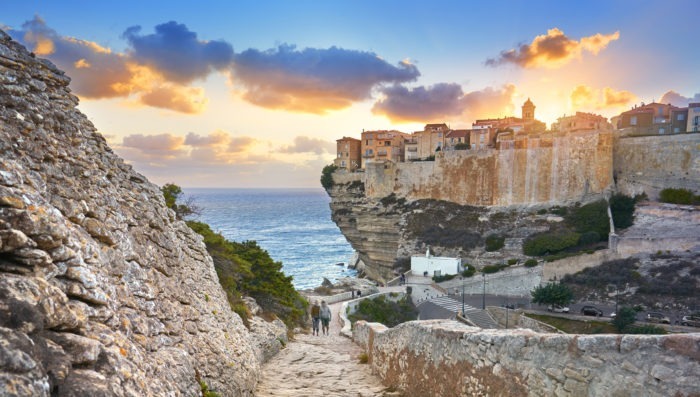
The unique cliffs of this town on the southern tip of Corsica are fit for a postcard. Touted as one of the oldest towns in Corsica, Bonifacio begs to be explored. Whether you want to explore the citadel dating back to the Middle Ages or admire the beauty of the Bouches de Bonifacio natural reserve, this town is sure to steal your heart on your long weekend in Corsica.

Bonifacio by Catamaran
One of the best ways to experience an island is by boat, and Corsica is no exception. With French Side Travel, you can enjoy a full-day cruise in a Waza Ari catamaran. Pack some sunscreen and a picnic for your day at sea. The catamaran comes equipped with masks, snorkels and even a paddle board. If you’d rather take it easy, you can lay out on its sunbathing trampoline or simply take in the views from one of its 18 seats. Your skipper will take good care of your group and ensure that you make the most of your stay in Bonifacio.
Full-Day Tour of Bonifacio
Craving to see the highlights of Bonifacio but not sure where to begin? Your private chauffeured tour will start at the Gulf of Valinco and the Roccapina Coast with its turquoise waters. After a coffee break here, you will head on to Bonifacio where you’ll take a boat ride to its caves and cliffs. From the Pertusato Lighthouse, you’ll get a glimpse of nearby Sardinia. After some free time for lunch in town, your tour will continue on to the quaint town of Sartène.
Where to Stay in Corsica
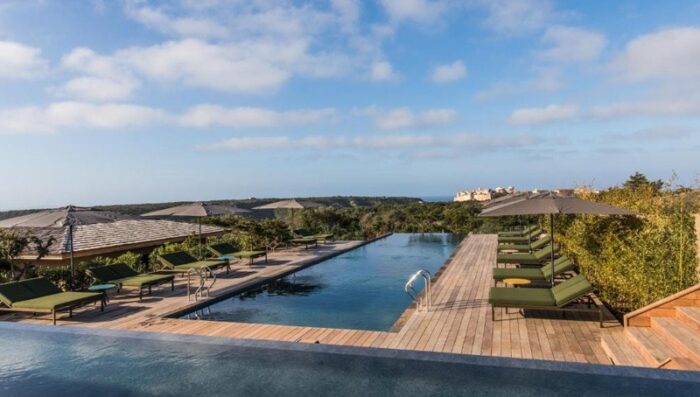
Version Maquis Citadelle in Bonifacio
Make your stay in Corsica a luxurious one with a stay in this five-star hotel in Bonifacio. Version Maquis Citadelle will enamor you with its infinity pool overlooking the town. Indulge in a meal at the hotel’s Italian restaurant or perhaps one of its morning outdoor yoga sessions.
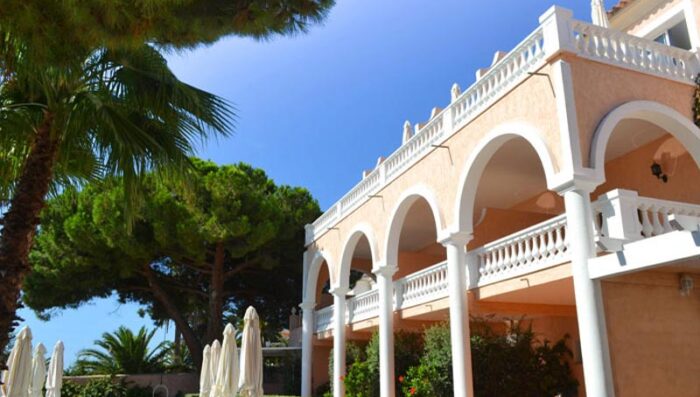
Les Mouettes in Ajaccio
Treat yourself to in a stay at this four-starred hotel nestled against the coast. This 19th century villa offers 27 rooms where you can rest your head after a full day of exploring Napoleon Bonaparte’s hometown. At Les Mouettes, hotel guests may enjoy access to its private beach as well as snorkels and lounge chairs. Take a dip in the hotel’s saltwater pool and enjoy a glass of wine on its terrace as you admire the Ajaccio sunset.
With so many luxurious experiences awaiting you, we’re sure your weekend in Corsica will have you wanting to come back for more. No matter the length of your time in Ajaccio or Bonifacio, Corsica, we want to help you make it a trip to remember. Contact one of our travel designers today to start planning your trip. You might also like: A Family Trip to Corsica or Luxury Stay in Southern Corsica.


